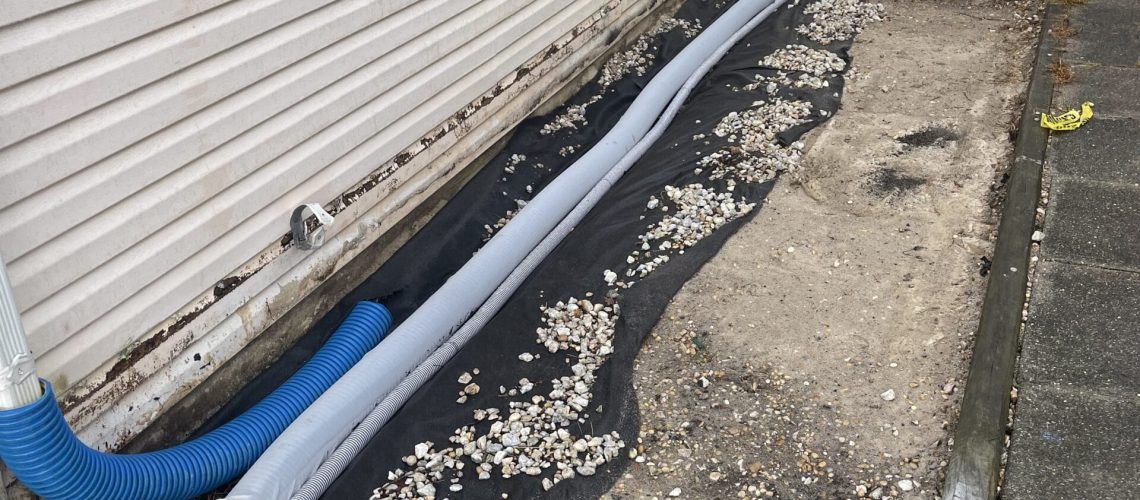With the arrival of winter, homeowners face a new set of challenges when it comes to maintaining their homes. One important aspect that should not be overlooked is the sump pump. Winterizing your home involves more than just sealing drafts and insulating pipes; it also requires taking steps to ensure your sump pump functions properly in colder temperatures. As the mercury drops, the risk of your sump pump freezing or malfunctioning significantly increases. Therefore, it is crucial to follow these essential maintenance tips to keep your basement dry and ensure that your sump pump operates effectively throughout the winter season.
Winterizing Your Sump Pumps
Insulate The Sump Pit
The sump pit is where your sump pump resides, and it’s important to keep it at a stable temperature to prevent freezing. Insulating the sump pit with a specialized cover can provide the necessary protection. This cover helps maintain a consistent temperature and reduces the risk of your sump pump’s components freezing.
Install Heat Cables
Heat cables are an effective solution for preventing freezing in sump pump systems. These
cables can be wrapped around the discharge line, which is particularly susceptible to freezing. Ensure to follow the manufacturer’s instructions for properly installing and using heat cables.
Checking For Freezing Risks
Frozen Discharge Lines
During the winter, it’s common for the discharge lines of your sump pump to freeze, obstructing water flow away from your home. If you notice any ice buildup, it’s essential to address it promptly. You can use a heat gun or warm water to thaw the ice, but be cautious not to damage the pipes.
Ice In The Sump Pit
Ice accumulation within the sump pit can also hinder the pump’s operation. Regularly check the pit to ensure it remains clear of ice and debris. If ice forms, gently remove it to prevent blockages.
Selecting The Right Sump Pump Cover
Sealed And Insulated Covers: When selecting a cover for a sump pump, opt for one that is sealed and insulated. These covers provide an added layer of protection against cold temperatures and help maintain a stable environment for the pump. Investing in a high-quality cover can pay off in the long run by extending the life of your sump pump.
Battery Backup System Maintenance
Check Battery Heart
Cold temperatures can affect the performance of backup batteries. Regularly check the battery’s health to ensure it can hold a charge. Replace the battery if it shows signs of weakness to guarantee it will function when needed.
Test the Backup System
Periodically test the backup system to ensure it kicks in during power outages. This is especially important during the winter when power failures are more likely due to storms and extreme weather conditions.
Monitoring Sump Pump Performance
Regular Checks
Make it a habit to regularly check the sump pumps and the sump pit for any issues. Listen and check for unusual sounds, observe its operation, and ensure it discharges water correctly. If you notice anything unusual, investigate further to identify and address any potential issues.
Thawing A Frozen Sump Pump
Turn Off Power
Firstly, you should turn off the power to the sump pump to prevent electrical hazards during the thawing process.
Thaw Gently
The frozen parts of the sump pump can be thawed with a heat gun or warm water. Be patient and avoid using excessive heat to prevent damage to the pump components. Once thawed, check the system for any damages and address it promptly.
Emergency Preparations
Contact Information
Have contact information for sump pump professionals readily available. In case of a severe issue that you can’t address on your own, you’ll want to call in the experts promptly. Time is crucial when dealing with potential flooding.
Common Winter Sump Pump Problems
Ice Blockages
Address ice blockages promptly by thawing and insulating the discharge line. Preventative measures like heat cables and proper insulation can help avoid this issue.
Pump Malfunctions
If your sump pump experiences malfunctions during the winter, it’s wise to consider professional repair or replacement. Trying to fix a complex issue yourself could lead to further damage or a compromised system.
DIY VS Professional Maintenance
DIY Maintenance
You can handle basic maintenance tasks like visual inspections and thawing minor ice blockages. Nonetheless, always prioritize safety and seek professional advice if you have any questions.
Professional Help
For major issues or if you’re uncertain about any maintenance procedure, it’s best to contact a sump pump specialist. They have the expertise and equipment to handle complex problems effectively.


